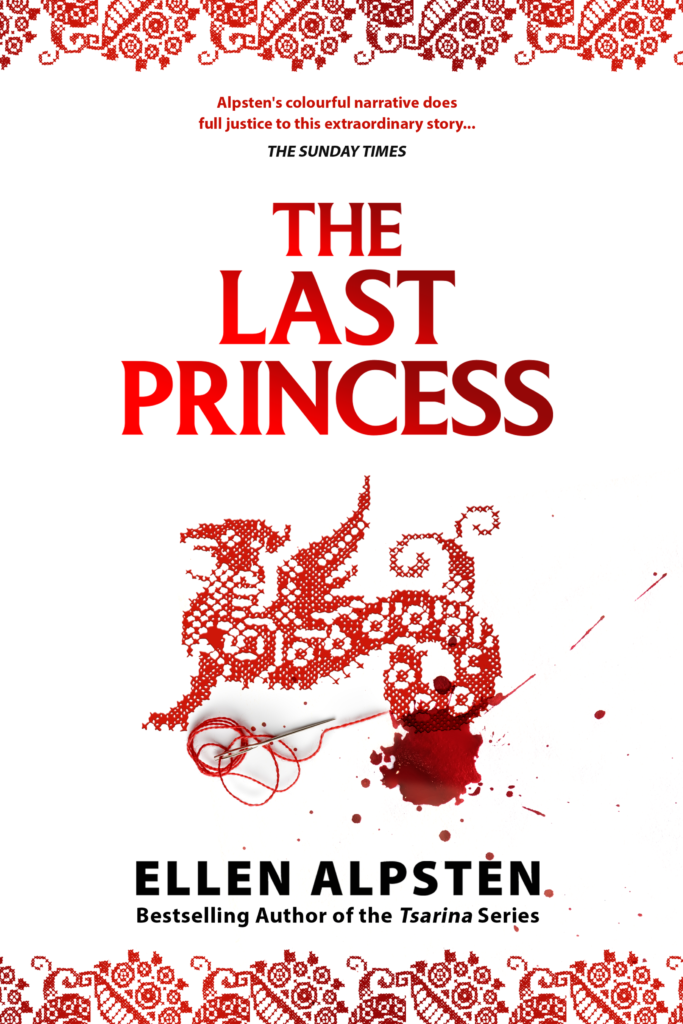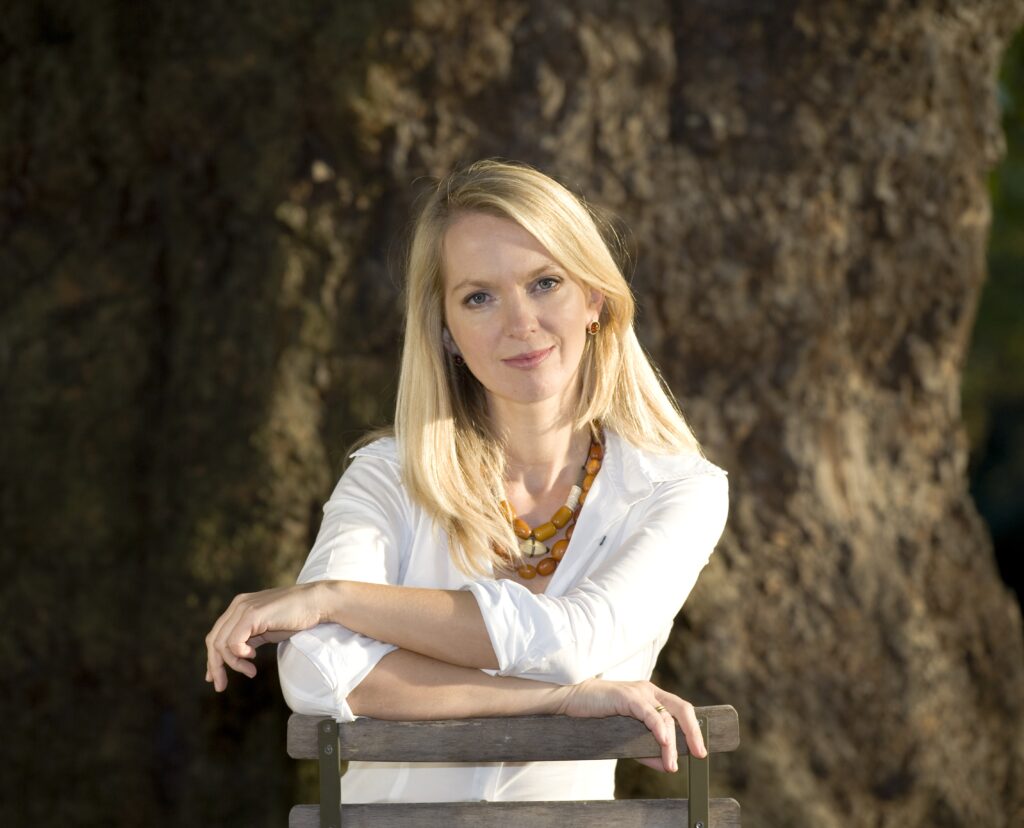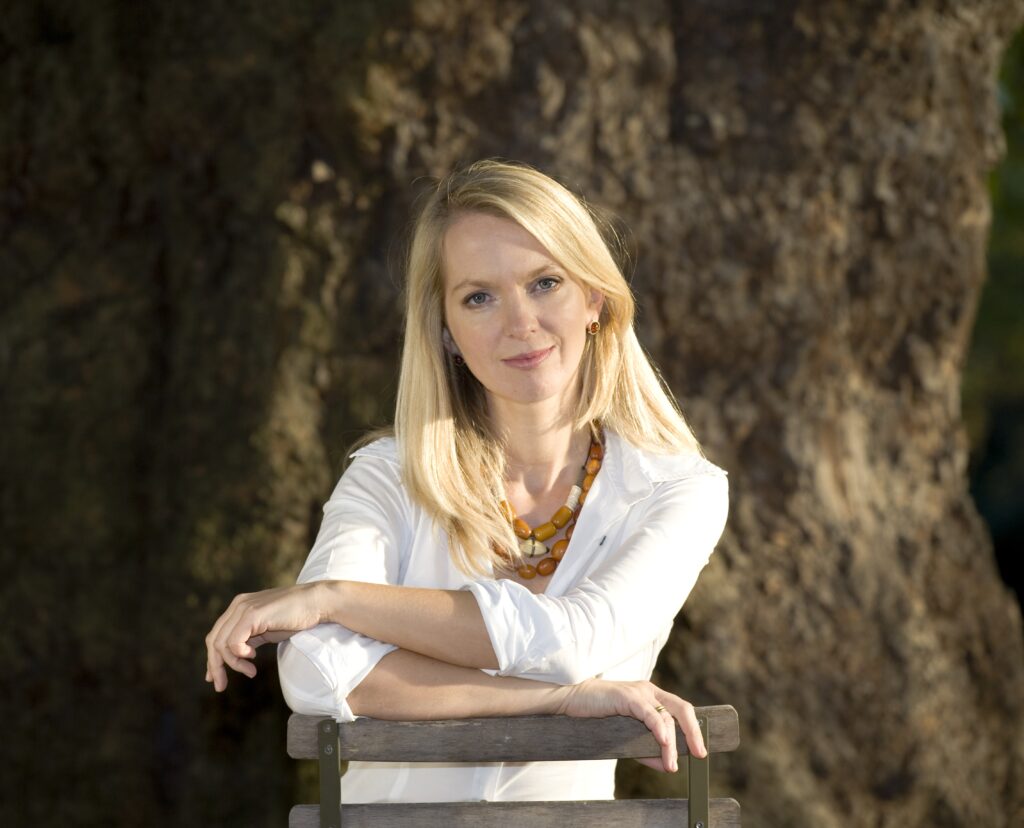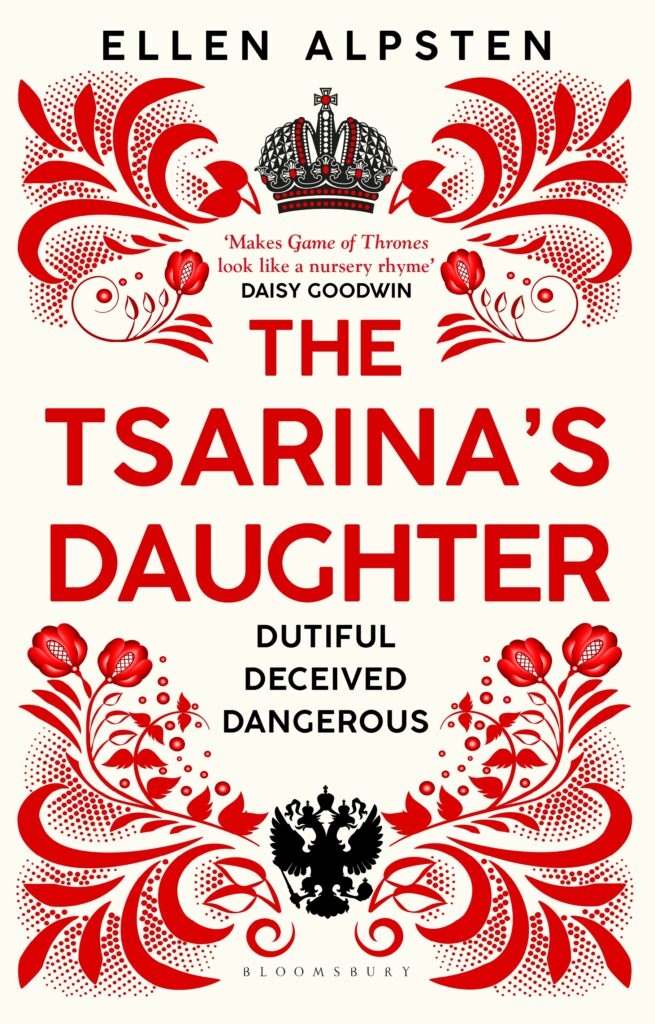
No other genre offers the unique ‘triple E’ rating as much as Historical Fiction: education, entertainment and escapism. Best are those books that revive a hitherto hidden heroine: a woman with agency, who isn’t formulaic. Finding them isn’t easy, and the leap from fact to fiction a labour of love. Let me take you by the hand and lead you back in time for a millennium.
My new novel ‘The Last Princess’ is about Gytha Godwinson, the daughter of England’s true House of Dragons and of its last Anglo-Saxon King, Harold II. Godwinson – isn’t that in 1066, that hour zero of the British Isles? Yes, it is. But if this vast timespan is an enormous challenge, it also gives you great liberty.
Yet rule number one of writing historical fiction is stringent research before you even think of picking up the pen. I read for almost a year to immerse myself in this long bygone world. Research is the rigid, non-negotiable frame in which the story and the plot may teem and swarm as the most colourful of images – an image I am determined to paint in ‘The Last Princess’. A reader gives me their most valuable – and that is not their money, but their time.
But the Anglo-Saxons treaded famously lightly on the surface of this earth, building in mud, wattle, and daub and living in harmony with nature and its seasons: call it medieval mindfulness. If their ‘settlements’ are long gone, Bosham’s chapel is largely unchanged since Anglo-Saxon days. The distinct two storey architecture of Gytha’s family home, Bosham Manor, is depicted on the Bayeux tapestry. It is here that Gytha’s story starts, during a raucous Modranecht, and the candle-lit glory of a great Hall. But already, the seed of discord is sewn, and it turns the ground beneath her feet into quicksand. The events of that evening will swallow her life and her world, forcing her forward into her fabulous fate. This fills the firm framework of research such as an image popping with colour, swarming and surprising! Gytha’s times – the High Middle Ages– were an era of intense change, especially for women.
By autumn 1066, Christianity had reached most corners of the European world. Historically, there is much more evidence of women and how they interacted with the world around them, both religious and secular. Yet it also triggered a type of repression in which women’s bodies are seen as inherently polluting. At the same time, Christianity enables female spiritual growth and the development of canon law also impacted Christian women’s status. If the Fourth Lateran Council solidified the need for consent within marriage, Thomas Aquinas dictated that women owed their husbands ‘a conjugal debt.’

It is in this field of tension that Gytha grows up: ancient rites clash with strict Christian morals. This gives Gytha the courage to question the powers in place and makes her story irresistible: prepare yourself for a wild ride. ‘The Last Princess’ is stringent historical fiction that teems with trolls, malevolent stars, green-faced fairy folk, giants, nasty Norse sorceresses, handsome hunks, and an evil spell that keeps our beautiful, flame-haired Princess captive – and it’s all true. After she witnesses the Battle of Hastings through a crazy twist of super-natural story-telling – we are a 1000 years ago, aren’t we? – Gytha’s life has different plans for her; or does she have different plans for her life? She dares the unthinkable and as she faces fight or flight, she picks both: Gytha lives trial, terror and finally triumph. Her story bridges myth and modernity: She speaks in a strong, clear and modern voice about the demise of a cursed kingdom and the emergence of a new empire.
But which empire is it that the last Anglo-Saxon Princess founded?
Let me surprise you: I am writing book two of the series ‘The Sunrise Queen’ as we speak.
Ellen Alpsten was born and raised in the Kenyan highlands and holds a MSc from the IEP de Paris. She worked as a News-Anchor for Bloomberg TV before writing fulltime. Her debut novel ‘Tsarina’ and its sequel ‘The Tsarina’s Daughter’ (both Bloomsbury Publishing) is widely translated and were shortlisted for numerous awards.
Preorder ‘The Last Princess’ here:
Sign up for Ellen’s newsletter on www.ellenalpsten.com
Follow Ellen on Social Media :
Twitter: @ EAlpsten_Author
Instagram: @Ellenalpsten_Author


